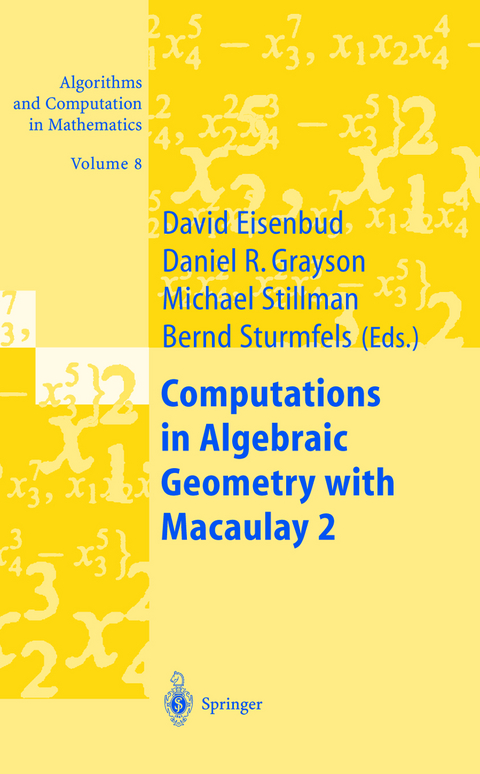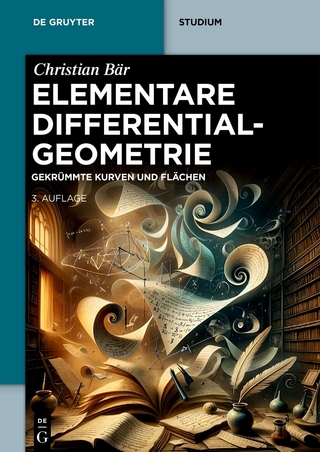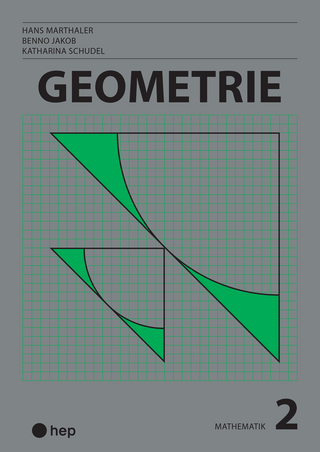
Computations in Algebraic Geometry with Macaulay 2
Springer Berlin (Verlag)
978-3-540-42230-3 (ISBN)
I Introducing Macaulay 2.- Ideals, Varieties and Macaulay 2.- Projective Geometry and Homological Algebra.- Data Types, Functions, and Programming.- Teaching the Geometry of Schemes.- II Mathematical Computations.- Monomial Ideals.- From Enumerative Geometry to Solving Systems of Polynomial Equations.- Resolutions and Cohomology over Complete Intersections.- Algorithms for the Toric Hilbert Scheme.- Sheaf Algorithms Using the Exterior Algebra.- Needles in a Haystack: Special Varieties via Small Fields.- D-modules and Cohomology of Varieties.
lt;p>"... Fazit: das Buch ist kein Lehrbuch im traditionellen Sinn. Sicherlich ist Teil I eine gelungene Einführung, wenn man schon die elementaren Grundlagen der Algebraischen oder Analytischen Geometrie kennt. In Teil II ist das Buch aber eher wie ein Tagungsband, in dem einzelne Spezialisten ihre Themen vorstellen. Hier kann man sich etwas aussuchen, denn die Artikel sind unabhängig voneinander. ... Ich habe beim Lesen viele interessante Stellen gefunden, die man beim flüchtigen Durchblättern übersehen kann. Man muss sich Zeit nehmen, dann wird der Band wirklich zum Gewinn für alle, die Interesse an Algebraischer Geometrie haben."
S.Müller-Stach, Jahresberichte der DMV 2002, Bd. 104, Heft 4
| Erscheint lt. Verlag | 25.9.2001 |
|---|---|
| Reihe/Serie | Algorithms and Computation in Mathematics |
| Zusatzinfo | XV, 329 p. 1 illus. |
| Verlagsort | Berlin |
| Sprache | englisch |
| Maße | 155 x 235 mm |
| Gewicht | 660 g |
| Themenwelt | Mathematik / Informatik ► Mathematik ► Geometrie / Topologie |
| Schlagworte | Algebraic Geometry • Algebraische Geometrie • algorithms • combinatorics • Commutative algebra • Computeralgebra • computer algebra system • Groebner Bases • Macaulay 2 • symbolic algebra • syzygies |
| ISBN-10 | 3-540-42230-7 / 3540422307 |
| ISBN-13 | 978-3-540-42230-3 / 9783540422303 |
| Zustand | Neuware |
| Informationen gemäß Produktsicherheitsverordnung (GPSR) | |
| Haben Sie eine Frage zum Produkt? |
aus dem Bereich


